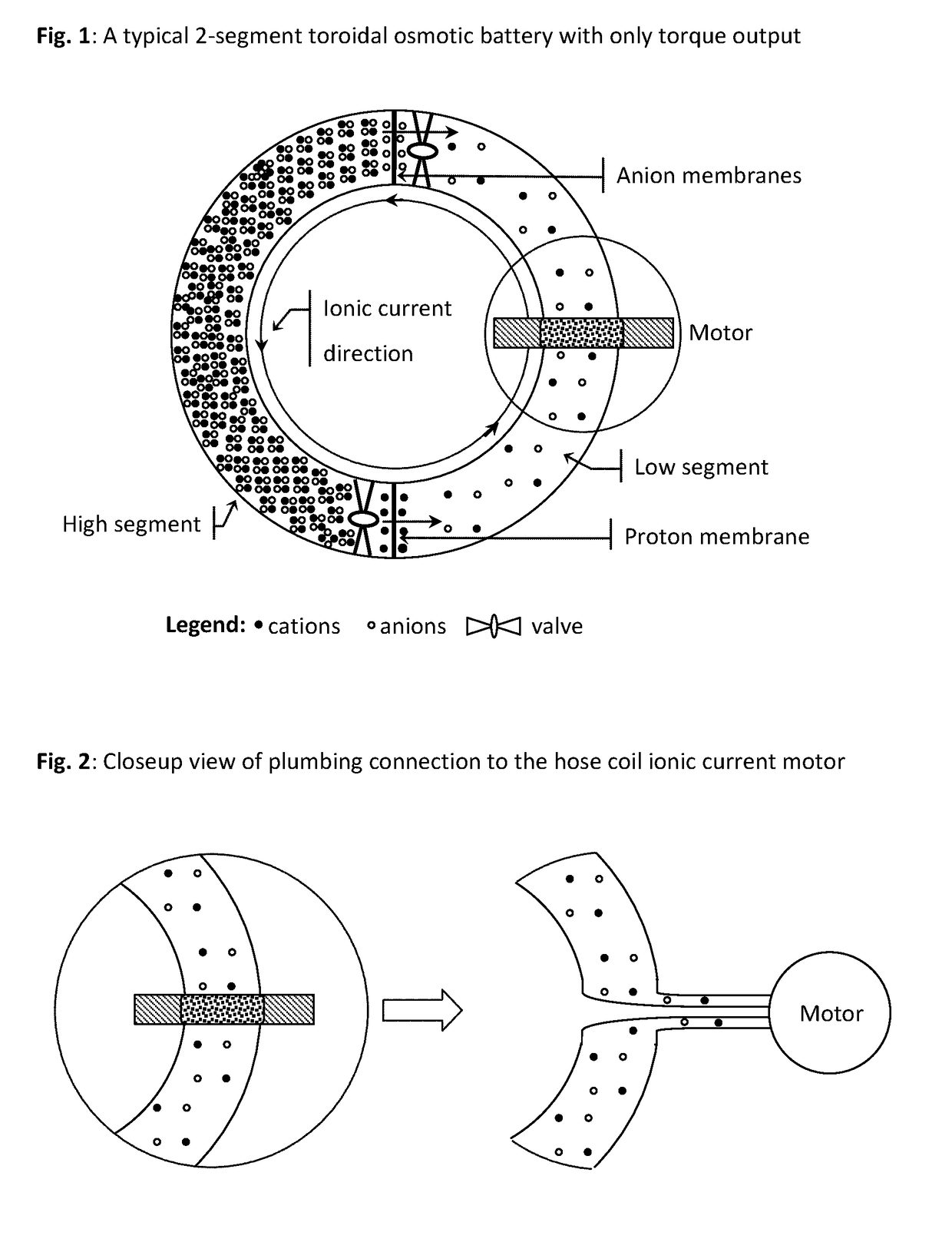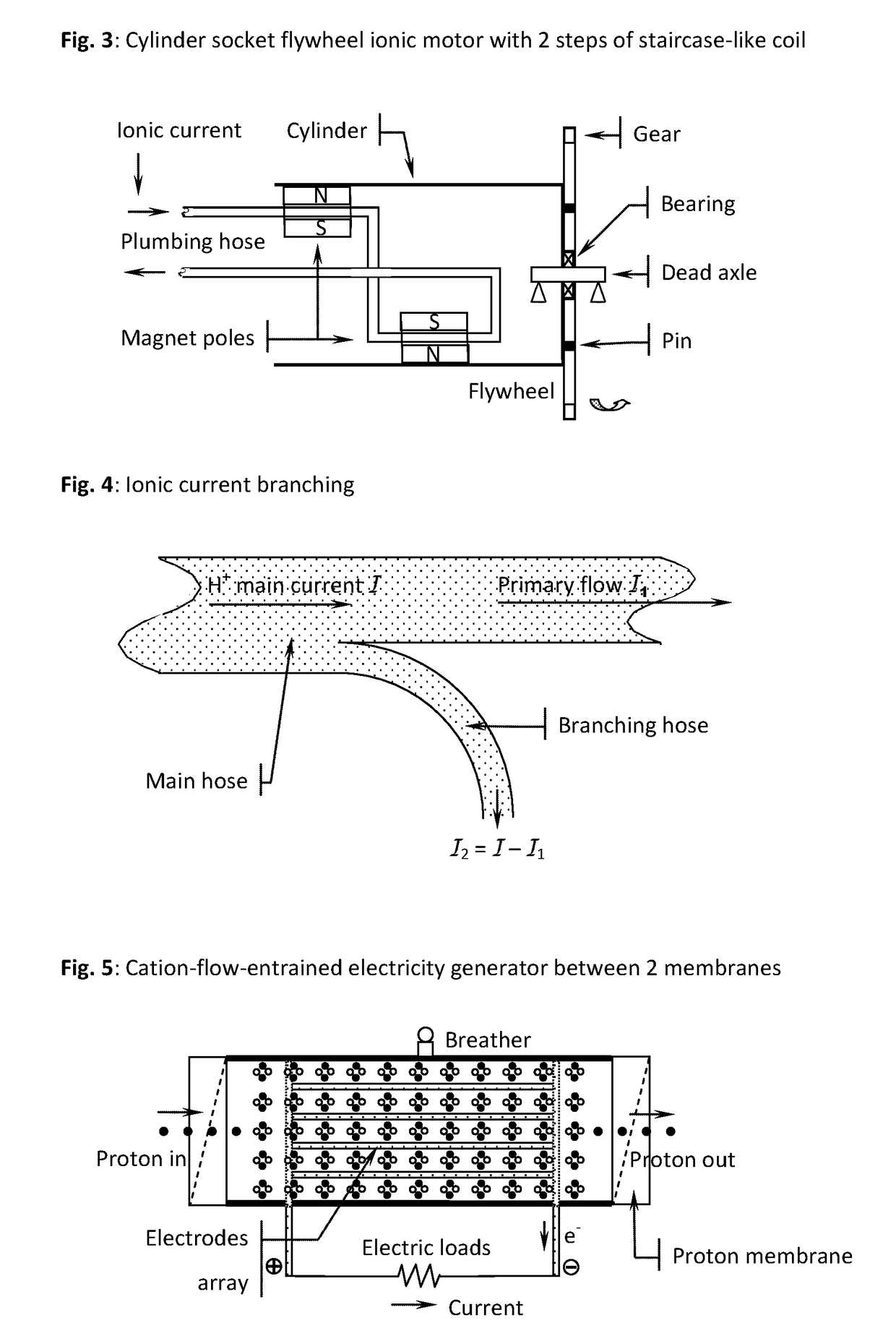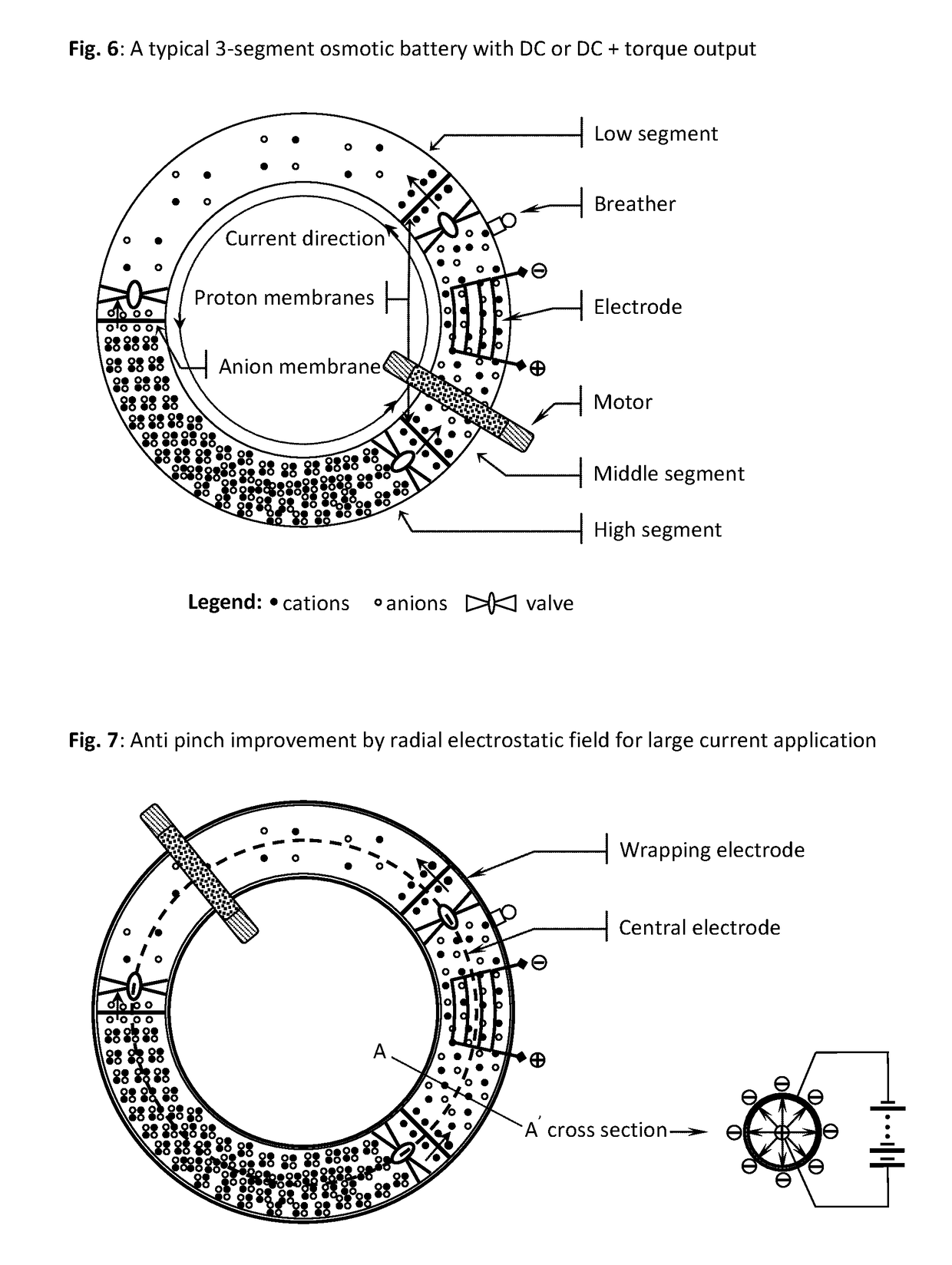The carrier of osmotic pressure is usually
aqueous solution, of course, it is never a decent choice to drive
hydraulic motor, unless special complicated fluids interface adapting mechanism can be provided, but it will confront serious challenge in seal,
mass transfer, and maintenance.
Unfortunately, awesome stymies are still ahead without hope to overcome in foreseeable short future, main Gordian knots are:
Therefore, there is still a long long way to its commercialization and
market acceptance.
Zero electric resistance is really perfect, but unfortunately it currently is not convenient and even not affordable to sustain the required cryogenic
extreme cold working space.
Even a workable liquid-
nitrogen-immersed superconductor wire can only carry couples to dozens of thousand amperes current, otherwise overload will disable
superconductivity.
This still limits the bold applications with million amperes current huge demand.
Obviously,
room temperature superconductor is the eventual objective, but the exploration path is definitely beset with rocks and brambles.
Although the theoretic first principles can guide the new material concoct, anyway, the trial-and-error is still the most used method, and it needs a long time to reach perfect.
Yes, I can build such one, but it is no longer the regular battery.
The
chemical reaction can result in deterioration or damage even explosion if inappropriate use or bad maintenance, such as the typical irreversible
sulfation in car battery.
Of course, nobody can infuse hadrons into conductive wires of loads, then how can the loads get power from an isolated
current loop without any terminal?
Therefore, such an ionic
current loop special battery can only have immediate mechanic
power output in best convenience, or like a wound spring coil as used in antique
clock.
However, membranes area and rated flux, along with valve openness, can limit the
mass flow.
Anyway, if the ambition to enlarge current is crippled, it is just an
engineering issue, and the simplest method is to use large
diameter pipe or add more membrane area.
In my humble opinion, it may be a wrong way by exploring special formulated superconductor materials, because even the electrons Cooper pairs in superconductors, are still less freedom than ions in solutions.
A short-circuited
heavy duty battery may produce thousands amperes, but risks a lot, even explosion, definitely not recommend to do so, because of too much ohmic heat.
The science behind such an exotic motor is still controversial, though there have published tons of theses on it.
In real world, such a motor is absolutely useless, because it simply short-circuits power supply and draws remarkable current, even causing nasty heat and burning smell.
To replace the shaft of
ball bearing motor with a section of
pipe carrying ionic current in osmotic battery solution loop, and let iron
flywheel slip on the
pipe, the vast superconducting ionic current may also drive it, though efficiency is never decent.
Of course, this method does not work if inserting the plate in negative
ion flow channel.
Therefore, this method may be not cheaper than a hooked generator, though its structure and installation are so simple.
Insertions in liquid need holes on tube wall with good seal for electric poles
exposure, but if drilling then sealing job is not favored, then wrapping a
copper foil around plastic tube may be workable too, though
thick wall may reduce entrainment effect then result in low efficiency.
Of course, directly using golden pipe is more simple, but sadly too expensive.
It is well known that fast flowing water can result in serious
water hammer effect if suddenly stopped inside pipe.
One switch is enough for a conventional electric circuit, but herein one valve may not be enough though it can
cut off ions current in the loop, because ions flow need a complete loop to keep integrity and everywhere electric neutrality.
By paralleling super
capacitor(s), it can receive the buffered energy in
magnetic field for safe shutoff, but how to do so is tricky because of electrodeless feature.
But, sustainable pinches are less researched.
If this osmotic battery is used in the same purpose, the pinch effect should be concerned, and obviously the ready theories for destructive pinches are not applicable.
Transversal stratification occurs too but potential explosion.
Even current large enough, but if cross section area also big enough, then
current density can still be too small to exhibit pinch effect.
Although wire Z-pinch can be used to demo
nuclear fusion, it seems still not feasible to deal with such one-time puff.
Behind the great
record achievements, there always is unbelievable vast investment that even a small country is not affordable by her GDP.
My opinion: relying on special
solid materials is probably not smart, as the reason is mentioned many times afore—“free electrons” in any conductor is not really free.
Although ripping off atoms' all electrons can be done by bombardment of
high energy particles, however it is not a good bargain because
electric field is always dissipative field.
This interdisciplinary research is complicated very much, and above theory disclosure is just a small portion of my full thought products.
 Login to View More
Login to View More  Login to View More
Login to View More 


